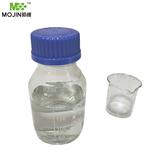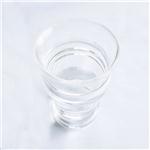Chemical Properties
Colorless oily liquid with a slight odor. It has a low solubility in water but it is soluble in most organic solvents.
Uses
Trixylyl Phosphate is used commercially as hydraulic fluids, flame retardants, and plasticizers. It inhibits the human ether-a-go-go-related gene (hERG) channel, which is a voltage-gated potassium (K+) channel involved in the repolarization of the cardiac action potential.
Preparation
Trixylenyl phosphate is produced through the reaction of phosphorus oxytrochloride and xylenols.
General Description
Trixylyl phosphate (CAS 25155-23-1) is generally used as a flame retardant in hydraulic fluids and as a plasticizer. Toxic by ingestion and skin absorption when pure. Produces phosphorus oxide gases during combustion. Primary hazard is threat to the environment. Immediate steps should be taken to limit spread to the environment. Easily penetrates soil to contaminate groundwater and nearby waterways.
Reactivity Profile
Organophosphates, such as TRIXYLYL PHOSPHATE, are susceptible to formation of highly toxic and flammable phosphine gas in the presence of strong reducing agents such as hydrides. Partial oxidation by oxidizing agents may result in the release of toxic phosphorus oxides.
Health Hazard
Breathing or swallowing large quantities may cause ataxia. May irritate skin, respiratory tract, mucous membrane, and eyes.
Fire Hazard
Special Hazards of Combustion Products: Toxic acidic vapors may form.




